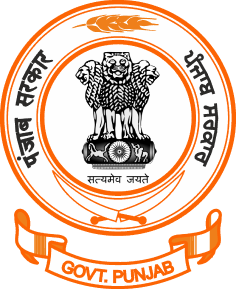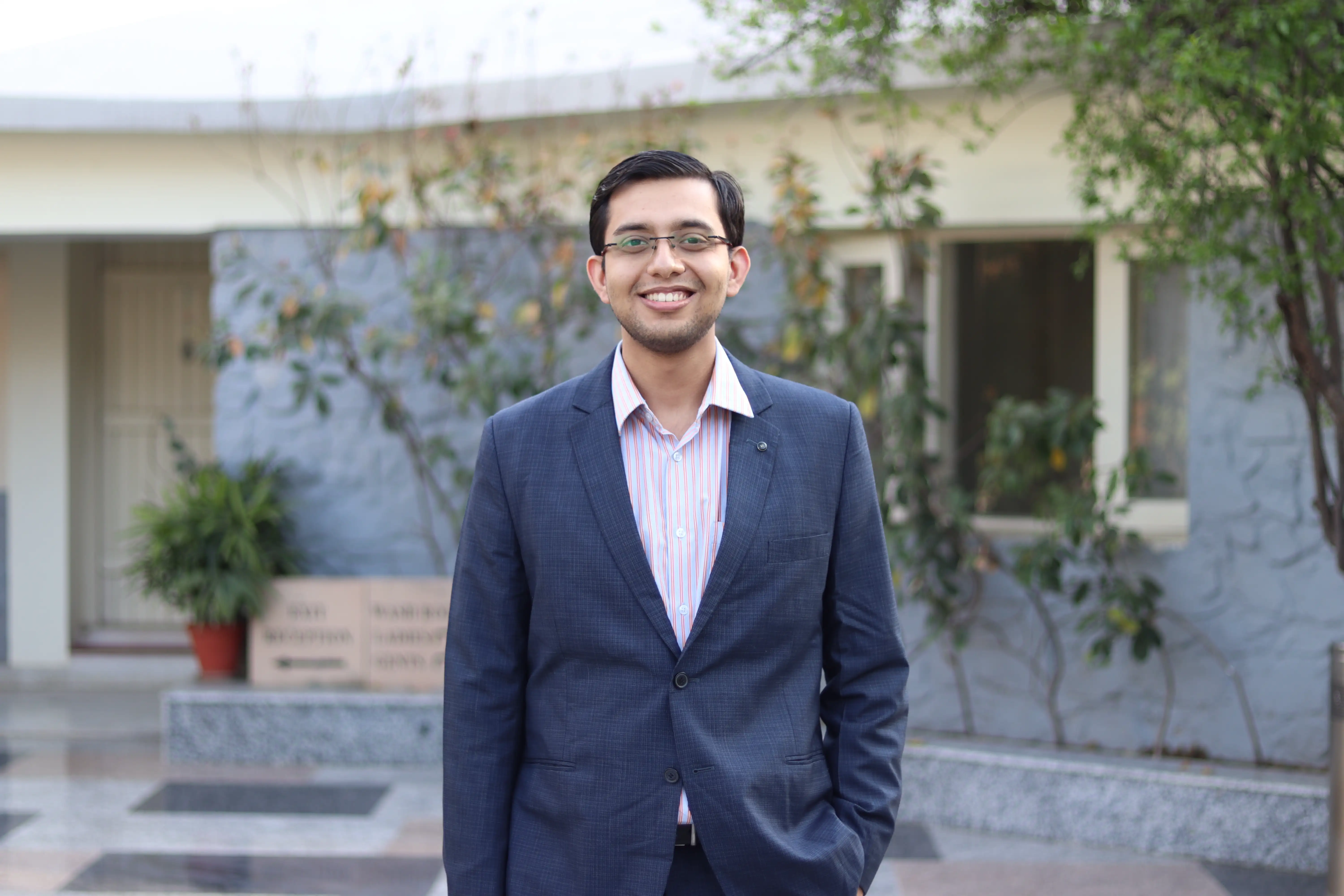
Today, the air requires logic, science, smart solutions and swift implementation. It needs action, not words. Through real-time data mapping, hotspot management and an inter-sectoral strategy to combat paddy straw burning, we strive to leave no stone unturned to make air breathable and give people a better life.
In 2018, a WHO report revealed that 14 of the 20 most polluted cities in the world are Indian. Every single year, India’s Diwali festivities are accompanied by news articles carrying pictures of women standing knee-deep in a frothy Yamuna or that of paddy straw fires across miles & miles along India’s agrarian north. At GDi, we develop dashboards, use data and tech to map the problem and parallelly, strengthen local governance to execute sustainable alternatives. GDi is working with Governments of Delhi, Punjab and Haryana to mitigate air pollution in North India.
REAL- TIME SOURCE APPORTIONMENT
We have set-up a Project Management Unit at the Department of Environment, Govt of NCT of Delhi. As part of our work, we facilitate the coming together of thought leaders like IITs, NGOs and several government agencies under one single, comprehensive plan.
One such initiative is the ‘real-time source apportionment’ through which major sources of particulate matter, be it secondary inorganic aerosols that travel long distances or in-house pollution, biomass burning (wood etc), vehicular emissions and dust (road and construction) can be mapped real-time. Hourly data on the sources of pollution and the direction from which external pollution may have reached Delhi are now being tracked, making response mechanisms swifter.
Through ISRO satellite mapping and real time source apportionment, identifying sources of pollution like stubble burning, biomass and waste burning, vehicular and industrial emissions and road dust etc, GDi is able to present accurate data to multiple levels of governments.
Making Grievance Redressal More Robust
We are supporting the re-development of Delhi Pollution Control Committee’s (DPCC’s) Green Delhi App, an app for citizens to report violation of environmental norms. The app has 27 civic agencies of Delhi on a singular platform to ensure citizens' complaints reach the concerned agency and get resolved in a time-bound manner.
SOLUTIONS FOR STUBBLE BURNING
-
IN-SITU MANAGEMENT
Making the crop residue machines available to farmers, develop a rental market for such machines. Happy Seeders and Super Seeders do in-situ planting of the next crop. Presently, machines are expensive and may be lying idle the rest of the year. The farmer needs to be educated that these machines will enrich organic content in the farm and ensure cost savings, bringing down the need for fertilisers and insecticides amounting to Rs 1,500 to 2,000 per acre.
-
EX-SITU MANAGEMENT
Increasing consumption of stubble in thermal and biomass plants is much needed. All forces on ground, private and public, must align to ease the transfer of stubble to industry. We coordinate with multiple government departments on ground to connect the dots between state-run and private power plants, the state’s electricity department and ensuring logistics and operations of stubble delivery to the power plants from farmers.
Along with the government machinery, we help promote solutions that exist to use straw and other agricultural waste as fuel for industry. This includes briquettes, bio-char, pellets, bio-gas, bio-diesel and other such products that can be utilised across the industry spectrum. The supply chain is streamlined and alternate usage is explored and awards are offered to officers and farmers who are adopting sustainable methods. District level execution and monitoring ensures we are quelling fires when they begin, for there is never any smoke without fire!
SUSTAINABLE FOREST MANAGEMENT
One of our projects with the Ministry of Environment, Forest and Climate Change is establishing forest certification standards for promoting sustainable forest management throughout the nation. The team is also devising solutions to enhance the efficiency of the national transit pass system, a significant initiative under the ministry's purview.
“ Our knowledge about air pollution is limited. Even in 2023, most of us have some sort of idea that ‘vehicular pollution is the main contributing factor’ or so on and so forth. To that extent the real time source apportionment study is a great step forward in terms of ground the air pollution conversation in evidence. I have realised that air pollution is one of those topics that requires coordination between governments to an extraordinary degree. Personally, the only way out seems to be hard enforcement (such as China) of pollution norms. When government agencies are deprived of funds, functions, and functionaries, they often look for out of the box actions, which is basically a euphemism for everything except the one job they are supposed to do – enforce rules. ”












